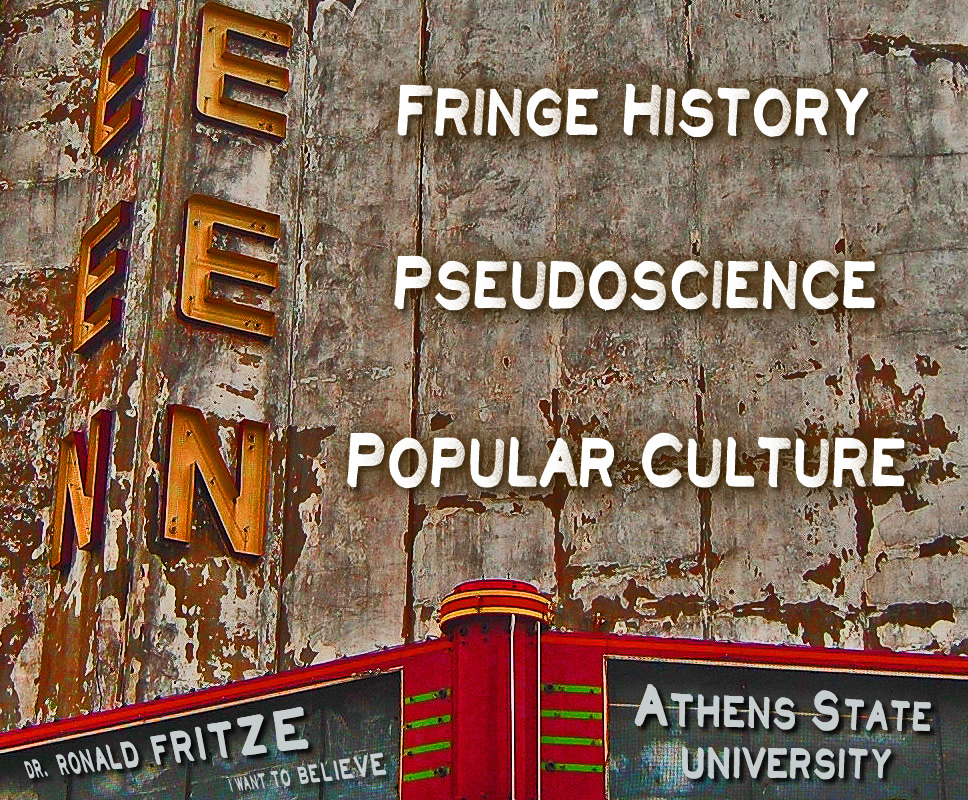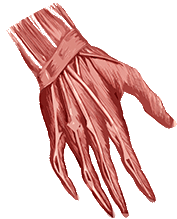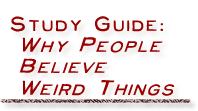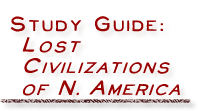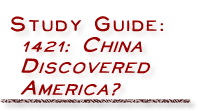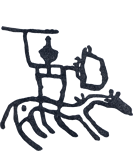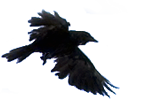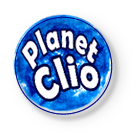
The Master Plan:
Himmler’s Scholars and the Holocaust
Heather Pringle
Chapter 1: Foreign Affairs
1. What was the Ahnenerbe? Who founded it and why did they do it?
2. The Ahnenerbe engaged in what sorts of activities?
Chapter 2: The Reader
1. What was Heinrich Himmler like as a person?
2. What was Heinrich Himmler’s family background? Describe the relationship between Heinrich Himmler and his father Gebhard and how it affected his education and his politics.
3. How did Himmler come into contact with the Nazi party? Why was he attracted to the Nazi movement and how did he begin to move up in the organization?
Terms (definition and significance):
- Tacitus
- Nibelungenlied
- Houston Steward Chamberlain
Chapter 3: Aryans
1. Describe the history of the concept of “race.” How did the nature of the concept of “race” help the Nazis?
2. Describe the evolution of Aryanism from the mid-eighteenth century to the 1920s.
Terms (definition and significance):
- James Parsons
- Sir William Jones
- Fredrich Schlegel
- Theodor Benfey
- Nordic Race
- Hans F. K. Günther
Chapter 4: Death’s-Head
1. How did Heinrich Himmler become the head of the SS and how did he transform that organization?
2. What did the Artamanen and Richard Walther Darré contribute to Himmler’s plans to transform the SS and Germany society?
3. How did Himmler conduct racial classification and how did he match the Aryan ideals himself?
4. What was the purpose of the “education offensive” and how was it conducted?
Terms (definition and significance):
- RuSHA
- SS-Leitheft
- Nordic Academy
- Karl-Maria Wiligut
- Weisthor
- Wewelburg
Chapter 5: Making Stones Speak
1. Describe the family, social, and educational background of Herman Wirth. How did he met Heinrich Himmler?
2. What were the connections between Wirth’s scholarship and Himmler’s goals for a future Germany?
3. What were Wirth’s theories about the prehistoric Germans and the origins of writing?
Terms (definition and significance):
- Script and symbol studies
- Johann and Gesine von Leers
Chapter 6: Finding Religion
1. What was Herman Wirth researching at Bohuslän in Sweden?
2. Describe Wirth’s theory about German prehistory and how the research at Bohuslän provided evidence for it.
3. How did Himmler and Hitler differ in their views of prehistory?
4. Why did Himmler consider Wirth’s research to be important?
5. How did the Swedish government and the Swedish people react to the German research at Bohuslän?
Terms (definition and significance):
- Bohuslän
- Wolfram Sievers
- Oscar Almgren
- Anton Brøgger
Chapter 7: Enchantment
1. What was unique about the folklore and legends of Karelia?
2. What did Himmler hope to learn about ancient super-technology through the study of the Eddas and the Kalevala?
3. Describe Yrjö von Grönhagen’s family background and education? What in his background made him sympathetic to Nazism?
4. How did the study of Finnish folklore fit into Himmler’s Nazi ideology?
Terms (definition and significance):
- Yrjö von Grönhagen
- Karelia
- The Kalevala
- Elias Lönnrot
- Edda
- Rudolf John Gorsleben
- Edda Society
- Dr. Fritz Bose
Chapter 8: The Orientalist
1. Why did Hitler object to the theories and research of Herman Wirth?
2. What was the social and educational background of Walter Wüst? How were his scholarly interests different from those of Wirth and Grönhagen?
3. Why did Himmler pick Wüst to be the new president of the Ahnenerbe and how did Wüst change the organization?
Chapter 9: Intelligence Operations
1. How did the Nazis make use of informal spies and informants?
2. What was the background, education, and career of Dr. Franz Altheim?
3. What was the background, education, and career of Mrs. Erika Trautmann?
4. What did Altheim and Trautmann discovered at Val Camonica?
5. What were the results of Altheim and Trautmann’s research trip through Eastern Europe and the Middle East?
Terms (definition and significance):
- Reinhard Heydrich
- Leo Frobenius
- Val Camonica
- Dacians
- Sheikh Adjil el Yawar
Chapter 10: Cro-Magnon
1. What was the background, education, and career of Dr. Assien Bohmers?
2. Who were the Cro-Magnons really and how did the Nazis try to fit them into their theories about prehistory?
3. What did Bohmers find at the excavation at Mauern and how did he attempt to fit it into Nazi theories about prehistory?
4. According to Bohmers, how did the prehistoric French cave art fit into Nazi theories about prehistory?
Terms (definition and significance):
- Frisia
- Aimee Rutot
- Abbe Henri Breuil
Chapter 11: The Blooming
1. How did Himmler and others finance the Ahnenerbe?
2. Describe the organization and functioning of SS farm colonies?
Terms (definition and significance):
- Reich Agricultural Organization
- Ahnenerbe Foundation
- Thingplatz
- Germanien
Chapter 12: To the Himalayas
1. How did Central Asia, China, and Japan come to fit into Himmler’s and Hans K. F. Güther’s theories about an Aryan supremacy in prehistoric times?
2. What was Ernst Schäfer’s background and education? How did he come to the attention of Himmler?
3. What sorts of problems and challenges did Schäfer face when he tried to organize his 1938/39 expedition to the Himalyas?
4. Who was Bruno Beger? How did he become connected to Schäfer’s expedition and what was his role on the expedition?
Chapter 13: Tibet
1. How did the German expedition manage to gain permission to enter Tibet?
2. What were the techniques that Bruno Beger used to gather information for the racial classification of Tibetans?
3. What aspects of Tibetan society caused the Germans to think that the Tibets were descendents of the ancient Aryans?
4. Why did the Germans visit Yarlung Valley and what did they find there?
Terms (definition and significance):
- Miscegenation
- Cephalic index
- Franz Boas
- Negocoll
Chapter 14: In Siever’s Office
1. What was Wolfram Siever’s role in the Ahnenerbe?
2. What were Edmund Kiss’s theories regarding the ancient city of Tiwanaku and how did they contribute to Nazi racial ideology? What were some of the things that inspired Kiss’s theory?
3. Why did Walther Wüst want to lead an expedition to the Bisitun inscription in Iran and how would his findings add to Nazi ideology?
4. What did Dr. Otto Huth hope to find on his expedition to the Canary Islands?
5. How did Iceland fit into the Nazis’ view of ancient Aryan history? What were Dr. Bruno Schweizer’s qualifications for leading an expedition to Iceland?
6. How did Dr. Walter Greite conduct his research to create a “new index of Jewishness?”
Terms (definition and significance):
- World Ice Theory
- Hans Hörbiger
- Arthur Posnansky
- Darius I
Chapter 15: Thieves
1. Describe the Nazis' plundering of Poland’s treasures. Who was involved in the plundering and what were their motives and goals?
Chapter 16: The Treasures of Kerch
1. What was the significance of the Crimea and the ancient Goths for Nazi views of German prehistory?
2. What did Hitler and Himmler intend to do with the Crimea and the region they called Gotengau?
3. Describe the background, education, and career of Dr. Herbert Jankuhn.
4. What was Jankuhn’s mission for the Ahnenerbe in the Crimea and the Caucasus regions?
Chapter 17: Lords of the Manor
1. What were Hitler and Himmler’s plans for colonizing Eastern Europe and Russia to the Ural Mountains?
2. Describe the search for the Gothic capital of Doros on the Crimea.
Terms (definition and significance):
- Wehrbauern
- South Tirol
- Master Plan East
- Hegewald
- Eski-Kerman
Chapter 18: Searching for the Star of David
1. How does the chapter title, “Searching for the Star of David,” relate to the content of this chapter?
2. How and why did Wolfram Siever change the focus of Ahnenerbe research during 1941?
3. What were Brono Beger and Dr. August Hirt trying to accomplish by collecting human skulls? What were some of the ways that they proposed to collect skulls?
4. What was the attitude of the Nazi leadership toward mainstream medicine?
5. What did Ernst Schäfer and Bruno Beger hope to accomplish in their expedition to the Caucasus?
Terms (definition and significance):
- Dr. Sigmund Rascher
- Commissar Order
- Special Command K
- Mountain Jews
Chapter 19: The Skeleton Collection
1. Describe the conditions at Auschwitz and Bruno Beger’s work there.
2. What happened to Beger’s prisoners when they arrived at Natzweiler Concentration Camp?
3. What was Dr. August Hirt working on at the anatomical institute at Strassbourg?
Terms (definition and significance):
- Jewish Skeleton Collection
- Josef Kramer
- Henri Henrypierre
Chapter 20: Refuge
1. What type of medical experiments did Sigmund Rascher conduct for the Ahnenerbe with the prisoners at Dachau and for what reason did he do it?
2. How did information about Dr. August Hirt’s research come to light and what effect did it have on the Ahnenerbe?
Terms (definition and significance):
- Waischenfeld
- Mittersill
Chapter 21: Thor’s Hammer
1. What was Himmler’s “Thor’s Hammer” and how did it work out as a super-weapon for the Nazis?
2. Why and how did Hitler and Himmler have a falling out?
3. Describe Himmler’s last days.
Term (definition and significance):
- Werwolf
Chapter 22: Nuremburg
1. Describe the process of de-Nazification. What type of success did it have and why?
2. Describe the fates of the four Ahnenerbe officials identified as war criminals.
Term (definition and significance):
- Dr. Friedrich Hielscher
Chapter 23: Secrets
1. What happened to the senior researchers of the Ahnenerbe after the war? Describe their later lives in terms of how they were alike and how they were different.
Chapter 24: Shadows of History
1. Describe Heather Pringle’s interview with Bruno Beger.
2. What were the questions that bothered Pringle after the interview?
Printer Friendly
For a printer-friendly version of this webpage,
click the logo below to open a .pdf file in Adobe Reader.
If you don't have the Reader on your pc,
here's a link to download the free and very safe software:
http://get.adobe.com/reader/
